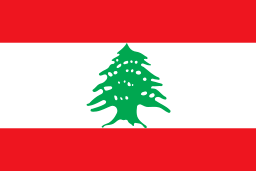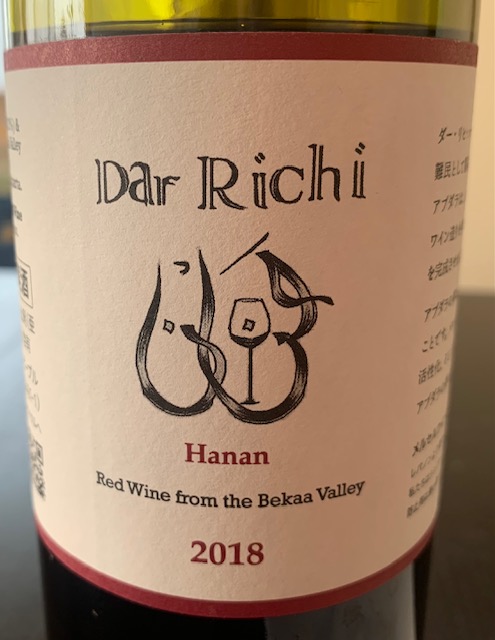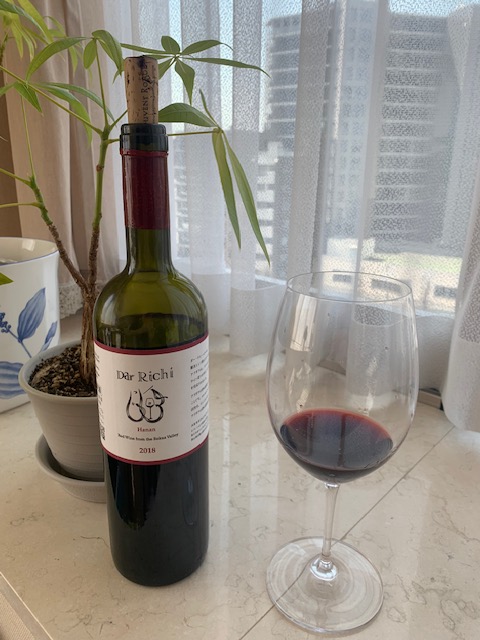
It is not often that we have the pleasure of consuming a Lebanese wine. We have always found their reds to be in the “good,” “very good,” and “noteworthy” categories, but one does not encounter their wonderful wines very often. In some ways that is ironic, because Lebanon is an Old-World producer—no, let me rephrase that, “a very Old-World producer and shipper”—of some note. The forebears of the Lebanese, you see, played a major role in the ancient wine world from circa 7,000 B.C., especially those known as the Phoenicians, who “sailed to Crete, Carthage, Egypt, Rome, Greece, Sardinia, and Spain”1 vending their vino. No, their products did not bear the inscription “Made in Lebanon,” nor did their vessels bear the “Cedar Flag” standard. Today’s Republic of Lebanon dates from independence, which was declared in 1943. Independence from whom? you might ask. Well, France. In the waning days of World War I, the British and the French, anticipating the collapse of the Ottoman Empire, decided to carve things up a bit, like insouciant and arrogant tailors cutting fabric for a “bespoke” suit without consulting their unwitting “client.” This was known as the Sykes-Picot Agreement. It was secret, of course. Eventually, France’s sphere in this case was formalized with the Treaty of Sѐvres (1920). Well, that’s enough history for one entry!


The wine we tasted was Dar Richi 2018 Hanan. Hanan is the name of the vintner’s wife. It is produced and bottled by Mersel Wine, which is located in the Bekaa Valley, an area that produces about 90% of the country’s wine. The varieties used in this unique blend are as follows (from label): “Cabernet Sauvignon (23%) & Malbec (29%) from Ainata, Bekaa Valley & Cabernet Sauvignon (37%) & Sangiovese (11%) from Bousit, Zgharta.” From the varietal components of the blend alone, we are justified in using the word “unique”: Malbec and Sangiovese are not widely grown in Lebanon. The wine weighs in at 12% abv.
Sensory evaluation: Black fruit on the nose—cassis and black plum. Floral, as well; i.e., violets. On the palate: spice, cassis and a hint of strawberry, most likely from the Sangiovese. Dry with medium acidity and soft, well-integrated tannins. Medium (+) finish.
1Karam, Michel. “Lebanon Report 2023.” Harpers Wine & Spirit.
For more information, readers are encouraged to tap on the following links: https://www.sammarinese.org/peace-wine-project